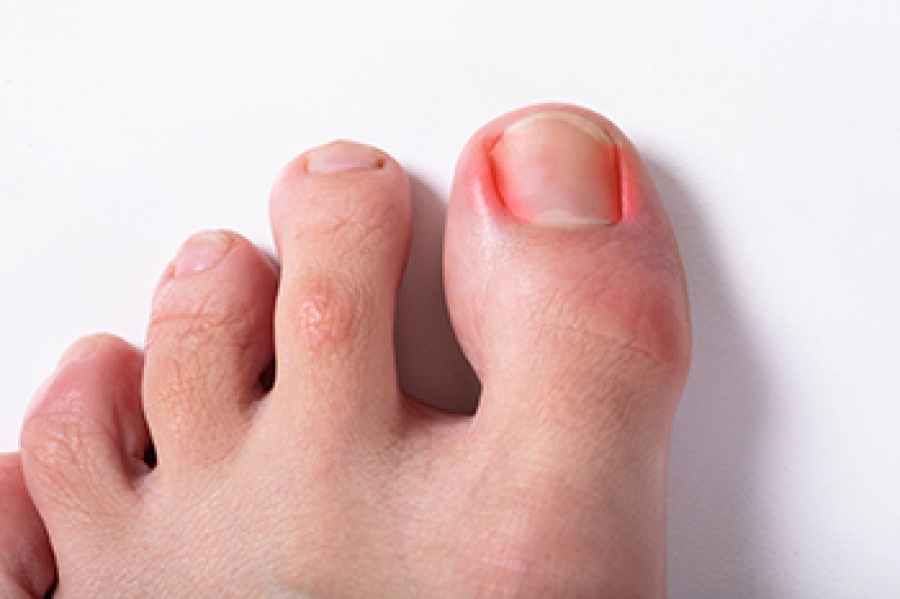Ingrown toenails can get you down. The pain, redness, swelling, and infection are no joke. While most of us have dealt with our fair share of ingrown toenail woes, you don’t have to put up with it anymore. You kick those pesky ingrown toenails to the curb and say goodbye to discomfort with some simple at-home treatments. Ingrown toenails form when the edges of the nail grow downward and dig into the skin beside it. Pressure against the toes typically forces the nail to grow into the skin. Causes include:
- Improperly trimmed nails – Cutting nails too short allows edges to pierce skin easily.
- Heredity – Some people are just prone to developing ingrown nails.
- Foot abnormalities – Issues like bunions and hammertoes put extra tension against nails.
- Repetitive pressure – Activities requiring shoes that crowd toes contribute like running, kicking, and walking.
- Injuries – Dropping objects on nails or stubbing toes encourages abnormal growth.
- Fungal infections – Can distort nail shape and cause it to grow sideways.
While anyone gets an ingrown nail, they tend to develop more commonly in teens and young adults as more activity puts pressure against toes in sports and other vigorous pursuits.
Ready to finally curb your ingrown toenail woes? Use these simple treatments to fix an ingrown toenail pain relief:
- Soak in warm water
Basic warm water and Epsom salt foot soak provide sweet relief for ingrown toenails. The heat helps reduce pain and swelling while the magnesium and sulfates in Epsom salt have anti-inflammatory effects. Soak for 15-20 minutes a few times a day until discomfort subsides.
- Gently push back nail
After soaking, wash your hands thoroughly then very gently ease the corner of the nail up away from the skin using a cotton swab or blunt, flat dental pick. Flushing it out from the skin should relieve pain. Use tweezers around the area to remove any pus or debris trapped under the nail.
- Apply topical medication
An antibiotic or antifungal ointment around the nail after soaking keeps infection away as it grows out. Petroleum jelly also helps keep the emerging nail edge soft.
- Pad with cotton, dental floss
Put a small wisp of cotton or floss under the edge of the nail to keep it lifted above the skin. Change daily and always wash hands first. This pads and protects the skin as the nail grows.
- Wear correct toe box shoes
Choose shoes with roomy, high-toe boxes to keep pressure off your poor toes while they are on the mend. Switch to low heels, flats, or sandals which give nails adequate space.
When it’s time to call in a pro?
Mild cases of ingrown toenails often heal with conservative at-home care. But if attempts to treat it fail after a few weeks or the infection worsens, it’s time for a podiatrist’s expertise.
- Intense pain preventing activity or sleep
- Increased redness, swelling around the nail
- Pus oozing from nail
- Discolored nail
- Fever alongside infection
Podiatrists have specialized tools and training to fix stubborn toenails fast in their offices through partial nail removal. As a last resort for severe cases, full removal of part or the entire toenail may be done to provide lasting relief when nails continue growing incorrectly.




